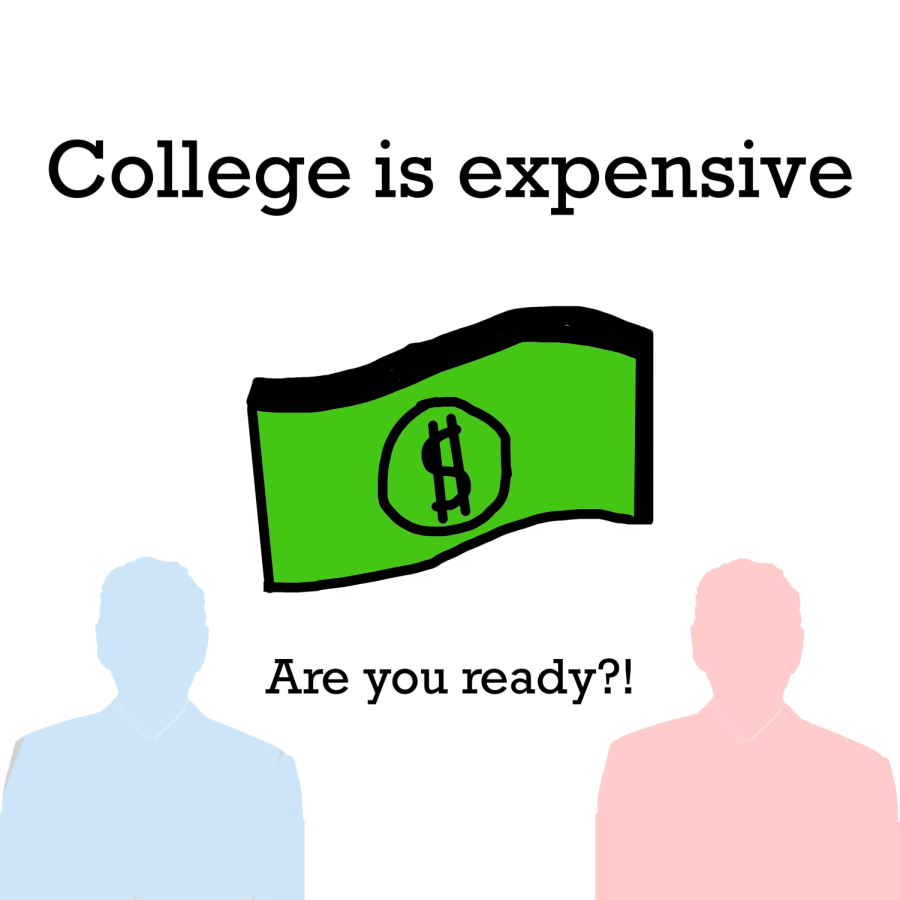Affording College 101
Check out these tips for affording college.
July 20, 2023
Student loans can often be complex and confusing, but they don’t have to be that way. On behalf of the Investment Club, below is a simple guide to the two most common types of student loans.
First, some important terms:
Interest: money paid regularly at a particular rate for use of money that has been lent.
Fixed interest rate: an interest rate that does not change throughout the duration of you paying it back.
Variable interest rate: an interest rate that changes throughout, usually based on market conditions.
Academic year: the time period you attend an educational institution. Usually from August to May.
Default: failure to pay a loan according to your loan terms.
Deferment: allows you to temporarily stop making or reduce your monthly payment amount for a specific period of time. Subsidized federal student loans do not acquire interest while in deferment but private ones may.
Expected Family Contribution (EFC): amount of money a family is expected to pay for their student’s college education each academic year.
1) Federal student loans: These loans don’t require cosigners or good credit and as long as you have a high school diploma, you will be eligible. You need to submit a FAFSA application to receive federal student loans. Additionally, not all student loans are the same. Below are two different types:
Direct subsidized loans are provided to students with financial need, and the government pays interest on these loans for you while you are in school, in your grace period, or in deferment.
One type of subsidized loan is called the Stafford loan. Interest levels vary, but if you received your loan on or after July 1, 2022 and before July 1, 2023, you have a fixed rate of 4.99%. This only applies to undergraduates as graduate or professional students pay 6.54%.
Direct unsubsidized loans are provided even where you do not show financial need. However, the downside is that you will start accruing interest immediately, which the government will not cover.
2) Private loans vary dramatically depending on factors such as who your creditor is, and your credit. Private student loans require a good credit score or a co-signer, who will be responsible for the loan if you can’t pay it back.
Here are a few factors to watch out for when choosing a private loan: the interest rate, when you have to start paying, if there is a late fee, and whether you can defer or reduce loans later on. Furthermore, be sure to check if your interest rate is fixed or variable. If your interest rate is variable, you may have to pay more in interest at certain times. Additionally, be sure to confirm with the financial aid office at your institution to ensure the loan will not impact financial aid opportunities.
Please note this is an extremely simplified guide. CRLS offers numerous resources, such as uAspire and your learning community, so don’t be afraid to reach out. However, having some basic knowledge of financial loans will aid in making an informed decision that may impact your financial situation for years to come.









